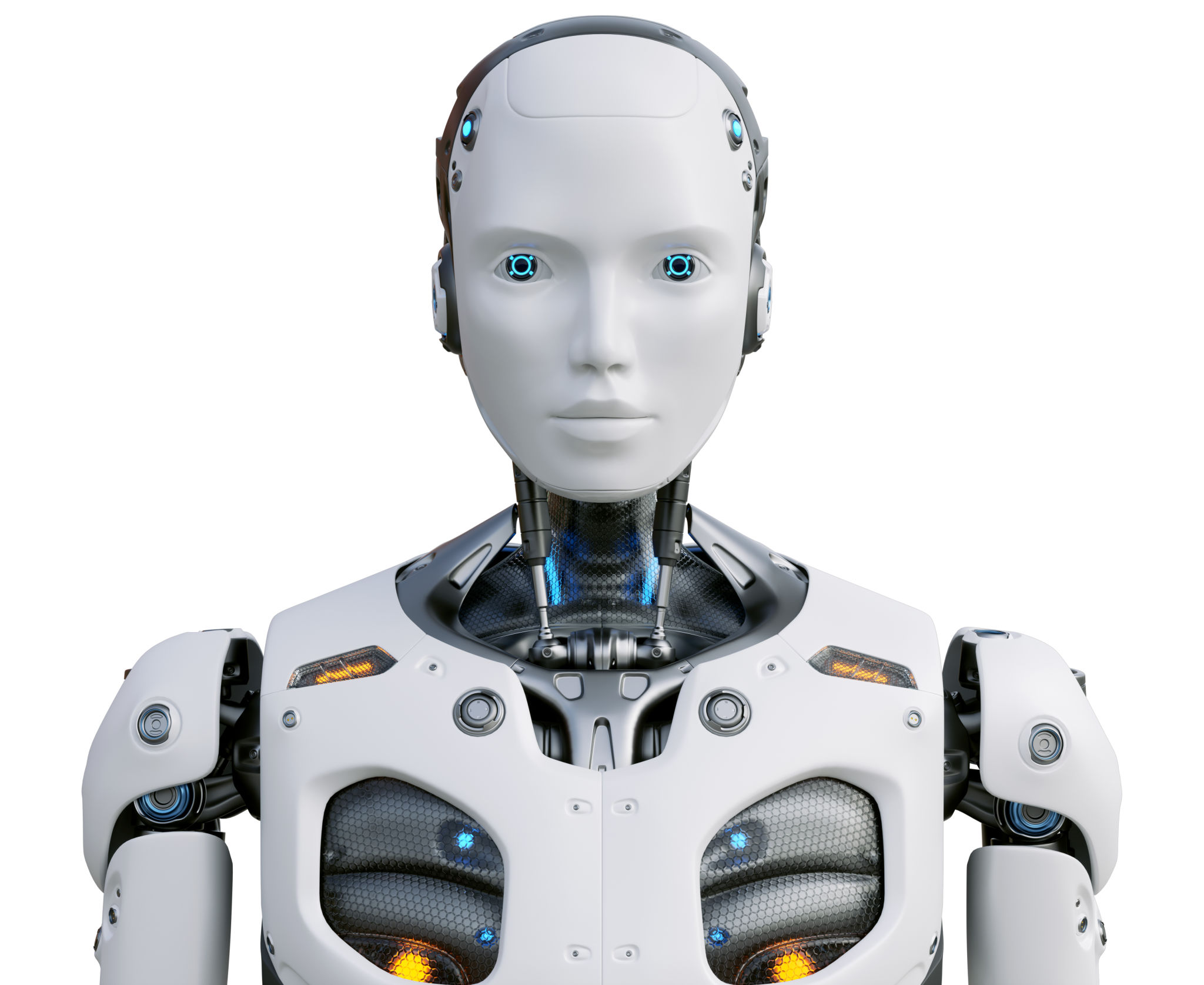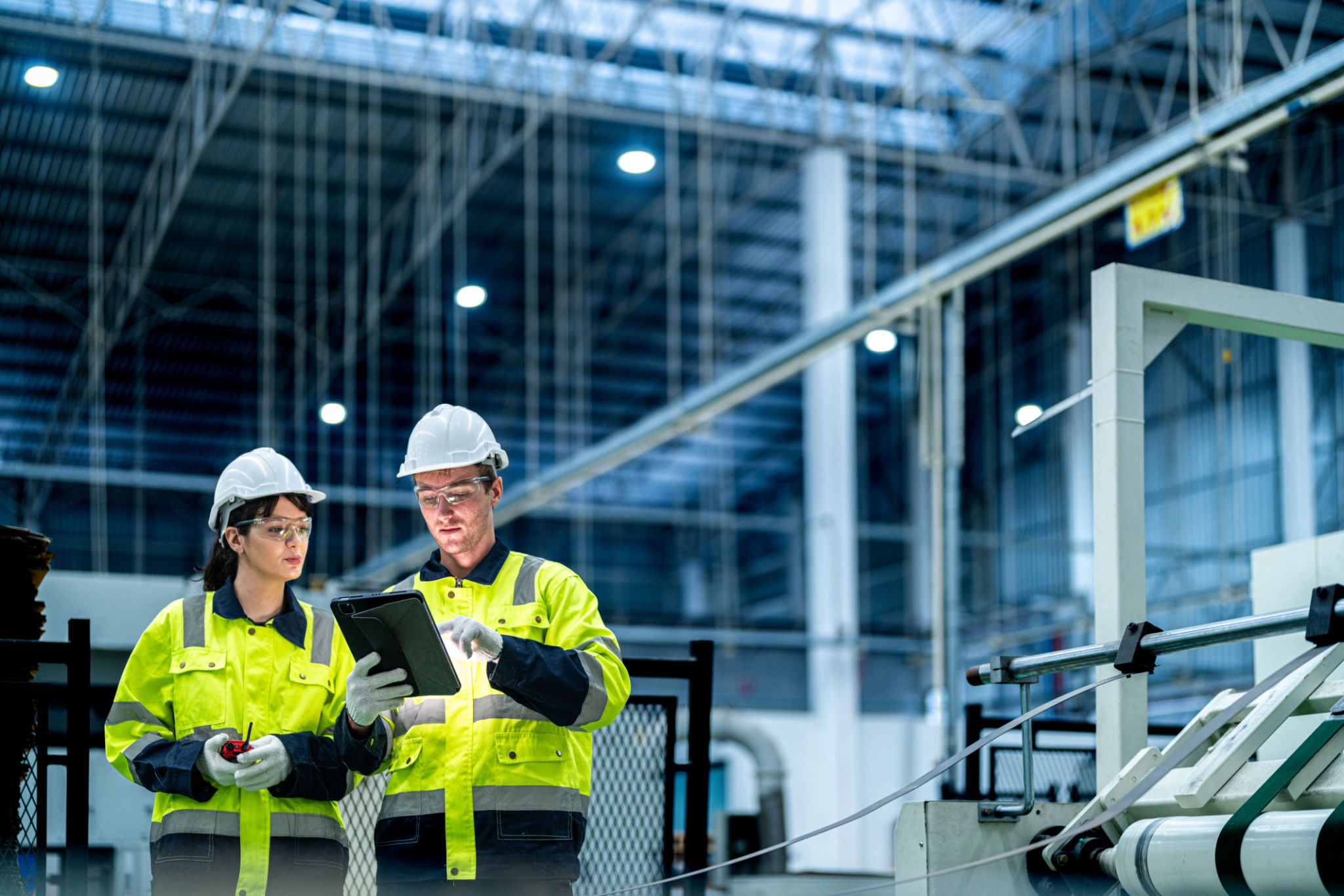Building a Smart Factory: Essential Technologies and Strategies
Introduction to Smart Factories
The digital revolution is reshaping industries at an unprecedented pace. At the forefront of this transformation is the concept of the smart factory, a facility where the physical production process is seamlessly integrated with digital technology. By embracing smart technologies, companies can enhance productivity, reduce waste, and gain a competitive edge.
Smart factories leverage a combination of technologies such as the Internet of Things (IoT), artificial intelligence (AI), and big data analytics to optimize manufacturing processes. These technologies provide real-time insights, enabling better decision-making and more efficient operations.

Key Technologies Driving Smart Factories
Internet of Things (IoT)
IoT is the backbone of smart factories. It involves connecting machines, devices, and sensors to the internet, allowing them to communicate and share data. This connectivity provides manufacturers with valuable insights into equipment performance and production metrics, facilitating predictive maintenance and reducing downtime.
Artificial Intelligence and Machine Learning
AI and machine learning play a critical role in automating complex tasks and enhancing decision-making processes in smart factories. These technologies can analyze vast amounts of data to identify patterns, predict outcomes, and optimize production schedules. As a result, manufacturers can improve efficiency and reduce operational costs.

Big Data Analytics
The ability to collect and analyze large volumes of data is essential for optimizing manufacturing processes in smart factories. Big data analytics enables companies to monitor production in real-time, identify bottlenecks, and implement corrective actions swiftly. This data-driven approach ensures higher quality products and improved customer satisfaction.
Strategies for Implementing a Smart Factory
Assessing Current Capabilities
Before transitioning to a smart factory, it's crucial to evaluate your current manufacturing capabilities. This assessment involves analyzing existing processes, identifying areas for improvement, and understanding how smart technologies can be integrated effectively.
Pilot Projects
Implementing pilot projects is a strategic approach to testing new technologies before scaling them across the entire facility. By starting small, companies can measure the impact of smart technologies on specific processes and make necessary adjustments before full-scale deployment.

Investing in Workforce Training
A successful smart factory relies on a skilled workforce that can effectively operate advanced technologies. Investing in employee training ensures that your team is equipped with the necessary skills to manage and maintain new systems, fostering a culture of innovation and continuous improvement.
Conclusion
Building a smart factory is a transformative journey that requires careful planning and execution. By adopting essential technologies like IoT, AI, and big data analytics, manufacturers can create a highly efficient and adaptable production environment. Implementing strategic initiatives such as pilot projects and workforce training further enhances the potential of smart factories, positioning companies for long-term success in the digital age.